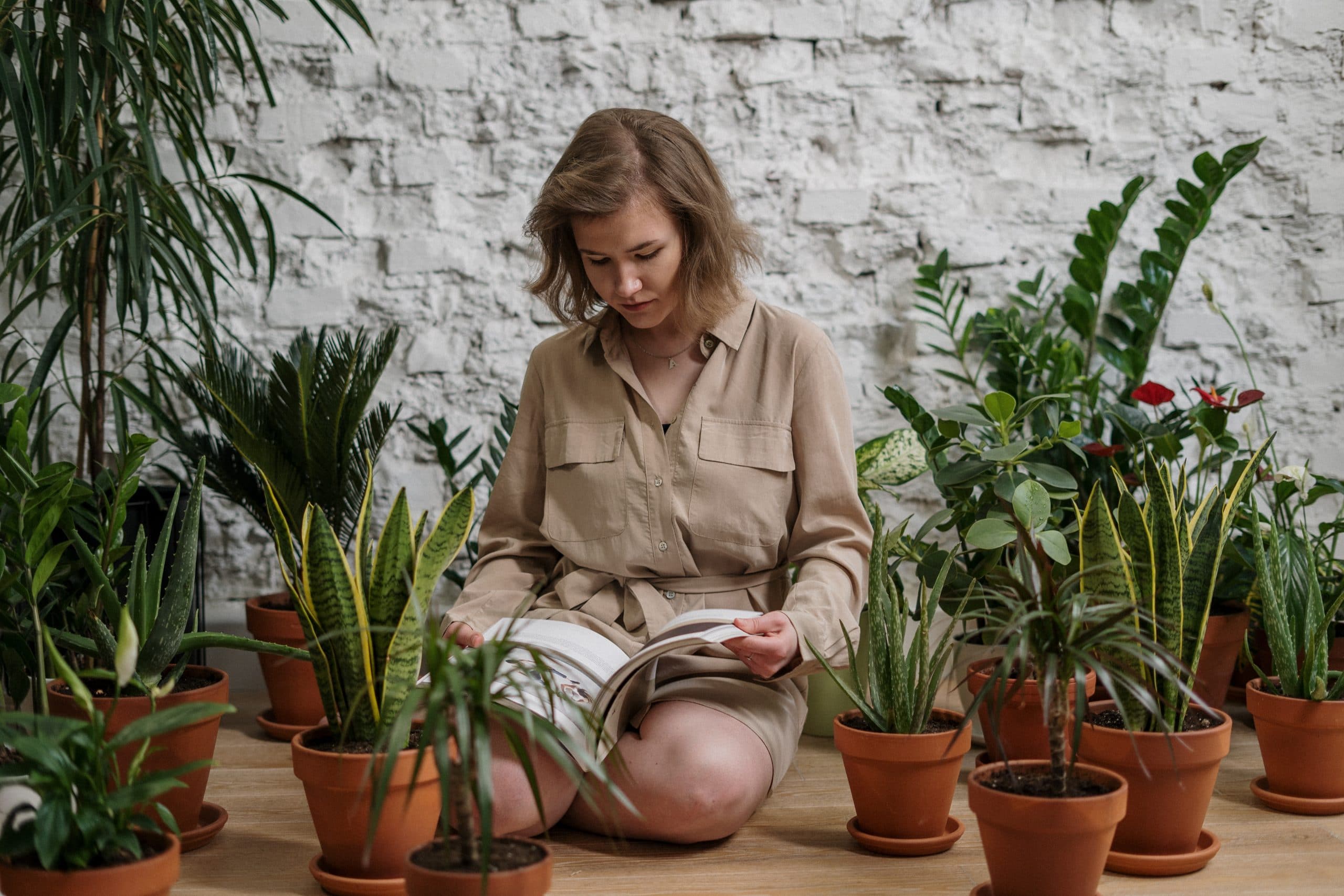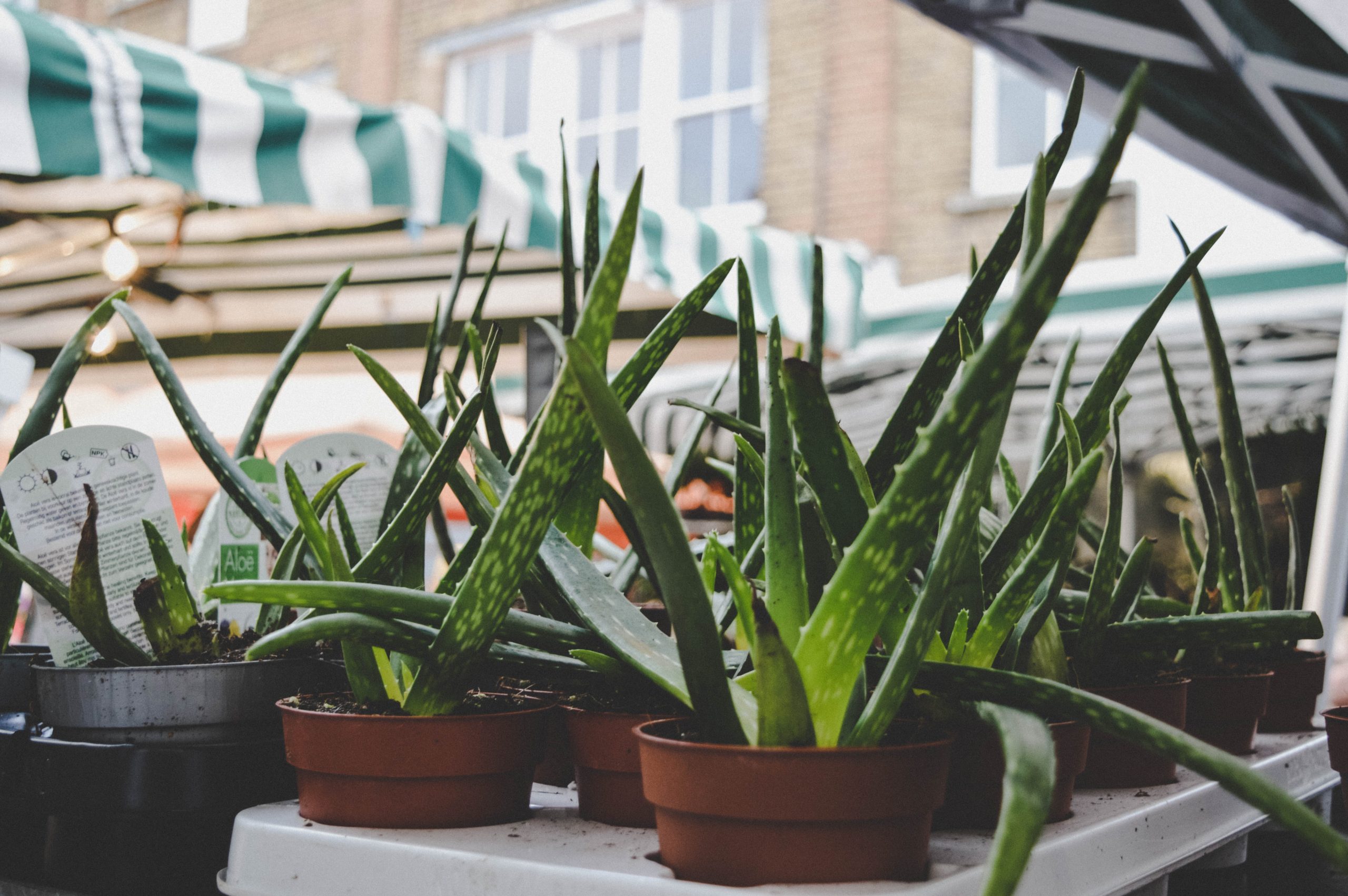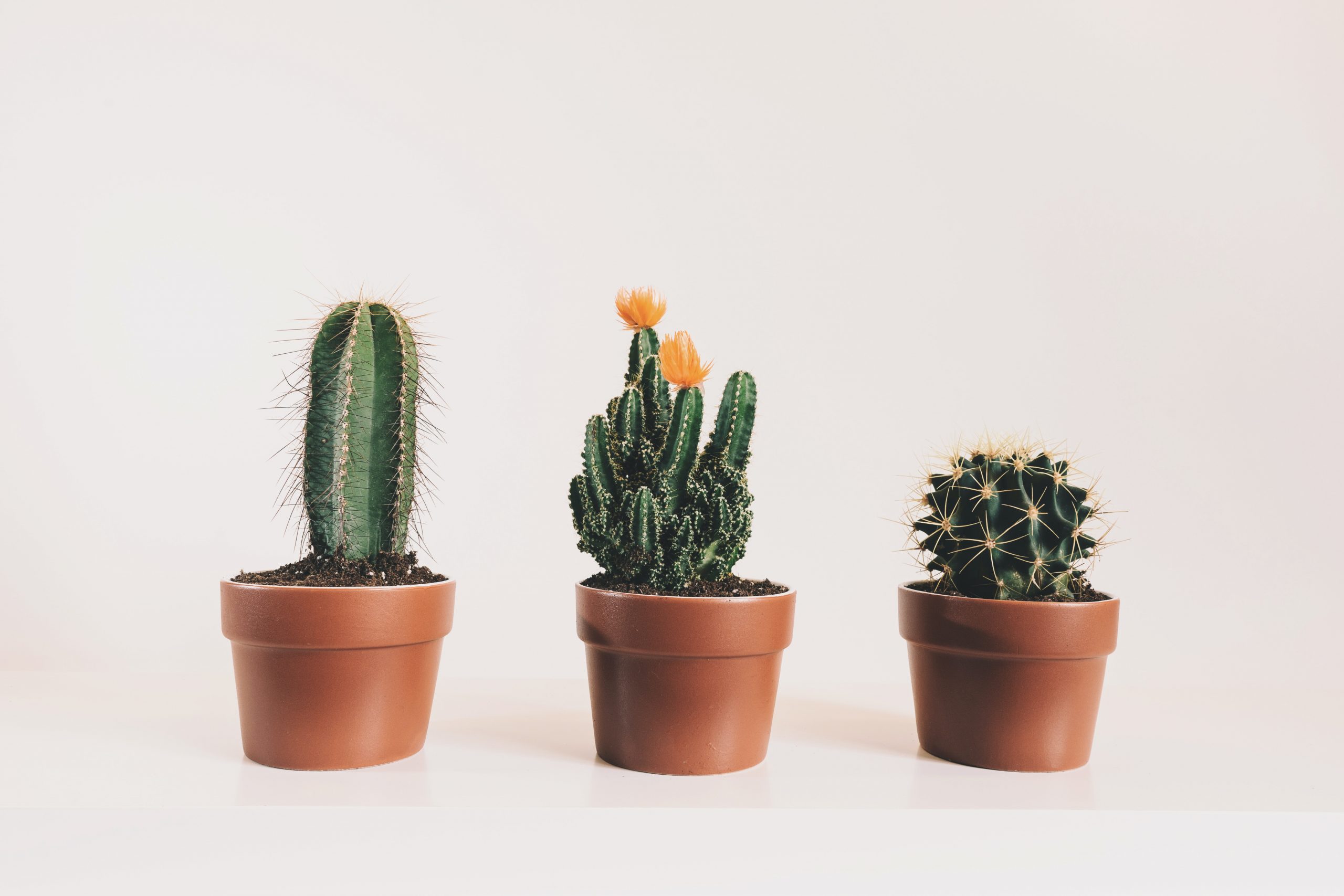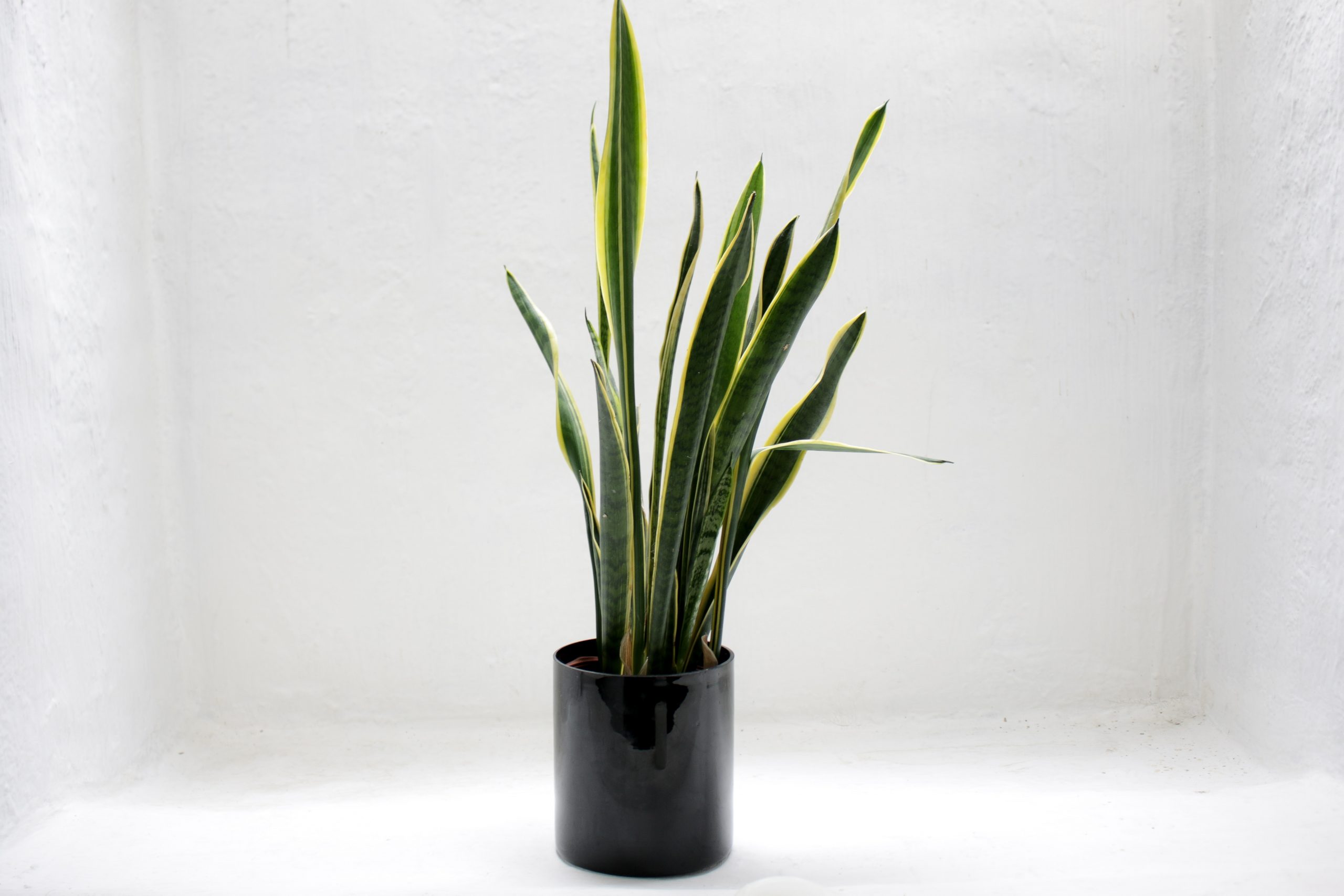Written by Theertha, Teen Volunteer
Halifax Public Libraries' Teen Blog is written by and for teens. Discover more posts here., opens a new window
Growing plants and taking care of them can seem intimidating, but recently I've discovered some plants that don’t require much attention at all! Over the last year or so, I’ve become a plant lover (quite unexpectedly) and found caring for them to be really beneficial and fun. Having plants around improves the air quality in your house, increases productivity, enhances creativity and makes your room and shelves look brighter by adding a pop of colour!
There were times when I nearly killed great plants as I'm still a beginner, but with practice and some trial-and-error, I've discovered the best ways of giving them the fullest amount of care they deserve.
I’m going to focus this blog on the best indoor plants for beginners to grow, where to buy them, as well as their environmental impacts. Here are my top 5 plants to grow indoors!
1. Succulents
These are the easiest plants to grow—trust me! Succulents don’t require THAT much care compared to other plants. Since succulents have water-storage tissues, they are resistant to drought. So if you forget to water them, they will not die. Succulents are tough plants perfect for beginners. They adapt to dry environments and will most likely thrive.
The only succulent I've ever owned is aloe vera, and surprisingly, I came pretty close to killing it. Aloe Vera is also great for skincare (double win!), as it has a natural chemical that reduces skin inflammation, acne scars and so much more. I highly recommend aloe vera, and succulents overall!
You can buy them at IKEA, Bloom, and Home Depot.
2. Cacti
Cacti take care of themselves, and again, are very resistant to drought. They need very little water and attention—great for beginners and people on the go. They are super trendy and add a pop of colour to any home office, bedroom, or kitchen. To take care of a cactus, you should water it once a week.
Pro tip: Tap water often contains high concentrations of dissolved minerals, building up in the plant's soil over time, causing harm. Make sure to filter the water or use bottled water.
You can buy cacti from Home Depot and IKEA.
3. Snake plants
This plant is the queen of purifying the air in your home. This means that it takes in the carbon dioxide, Co2, that you breathe out and releases oxygen, O2, for you to take in. They have large vertical leaves that help brighten up your space. They require little water and light to survive. Perfect for beginners!
You can find this plant at garden centres like Kent, Bloom, and IKEA.
4. Spider plants
My fourth favourite plant for beginners is spider plants. They grow super fast, yet don’t require much care. I water mine around every two weeks, and the leaves are wide, large, and green. Spider plants are really droopy, so keeping them on a raised surface like a bookshelf or in a hanging basket will be beneficial. You should aim to keep the soil slightly moist, which will vary depending on where you buy your spider plant from. Keeping spider plants away from the window (aka direct sunlight) will benefit it as well. Super low maintenance and a great air purifier!
These plants cost less than $5, and you can find them at your local Walmart Garden Centre.
5. Devil’s ivy
This one is a climber—but that doesn’t mean it's any more difficult to take care of. The ivy's leaves are heart-shaped, and the stem is shaped according to its environment. My devil’s ivy (also nicknamed money plant sometimes) clings, grows, and snakes its way up to the tip of my bookshelf. To care for this plant, water it once a week, and trim leaves that turn fully yellow. A benefit of this plant is that you can grow it in water. This process is slower but still does the trick.
You can buy your own at IKEA.
Environmental impact of owning plants
Owning plants is incredibly beneficial for the environment. By owning a plant, you are allowing for a small, yet significant, ecosystem to develop. You are also helping eliminate greenhouse gases that are warming the planet. Plants help take carbon dioxide out of the air and give oxygen back to humans—a perfect combination! Having plants around also keeps your spirits up, because of the clean air quality.
I hope this blog inspired you to grow a plant this summer!
Learn more
Interested in learning more? Check out the websites I used to source information:
Cactus & Succulent Society, opens a new window
Best Indoor Plants for Beginners, opens a new window
About the writer
Theertha Madhi is a high school student with future goals of becoming a paediatrician. She enjoys spending her time with family and friends and has been playing piano for more than 8 years.








Add a comment to: A Beginner’s Guide to the Best Indoor Plants